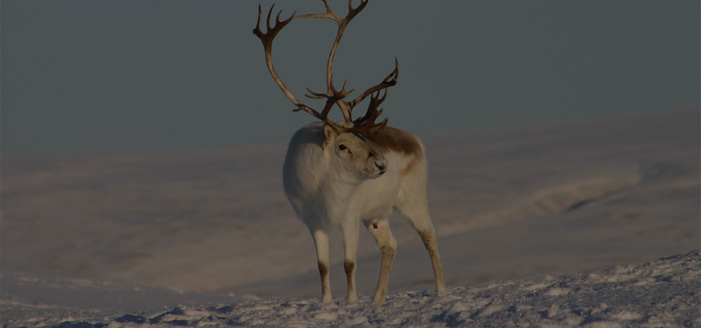Conservation in Canada: Identifying and Overcoming Barriers

The aim of this special collection is to examine political barriers to conservation as well as possible pathways forward. The contributions uncover and strategize ways around the political barriers to effective conservation governance in Canada. They provide insights that enhance understanding of key barriers, important actors, and strategies for working within and shaping policy at multiple levels of government across Canada. The collection engages academics (including students), environmental conservation organizations, and Indigenous communities in dialogues and explorations of the politics of wildlife conservation. Together, they demonstrate and highlight the need for increased social-political awareness about biodiversity and conservation in Canada, enhanced wildlife conservation collaborative networks (in Canada and more broadly), and increased scholarly and other evidence-based attention to the principle, polices and practices of the wild.
The papers in the Collection address broad themes:
- Federal and provincial legislation dealing with biodiversity, conservation, wildlife, and species at risk in Canada, domestically and in relation to international agreements and commitments;
- Political, legal, social and institutional gaps and barriers to effective conservation;
- Indigenous governance, knowledge systems, rights, responsibilities and Natural law in relation to upholding Treaties, reconciliation and conservation (e.g., Indigenous Protected and Conserved Areas; Guardian Programs; biocultural keystone species and stewardship); and,
- Bridging ethics, science and policy to create, incentivize and mobilize better conservation practices in Canada.
The contributions encompass an interdisciplinary variety of issues, such as frustrations with bureaucracy, failure to create, implement and enforce laws, the over-emphasis on ecosystem services for human provisioning, exclusion of Indigenous voices, the branding of species at risk, wildlife crime, and invasive species management. Together, they represent a rich diversity of shared knowledge, stories, and experiences with the barriers to conservation and opportunities to overcome them.
- OPEN ACCESS
- OPEN ACCESS
- OPEN ACCESS
- OPEN ACCESS
- OPEN ACCESS
- OPEN ACCESS
- OPEN ACCESS
- OPEN ACCESS
- OPEN ACCESS
- OPEN ACCESS
- OPEN ACCESS
- OPEN ACCESS
- OPEN ACCESS
- OPEN ACCESS
- OPEN ACCESS
- OPEN ACCESS
- OPEN ACCESS
- OPEN ACCESS
- OPEN ACCESS
Curators


